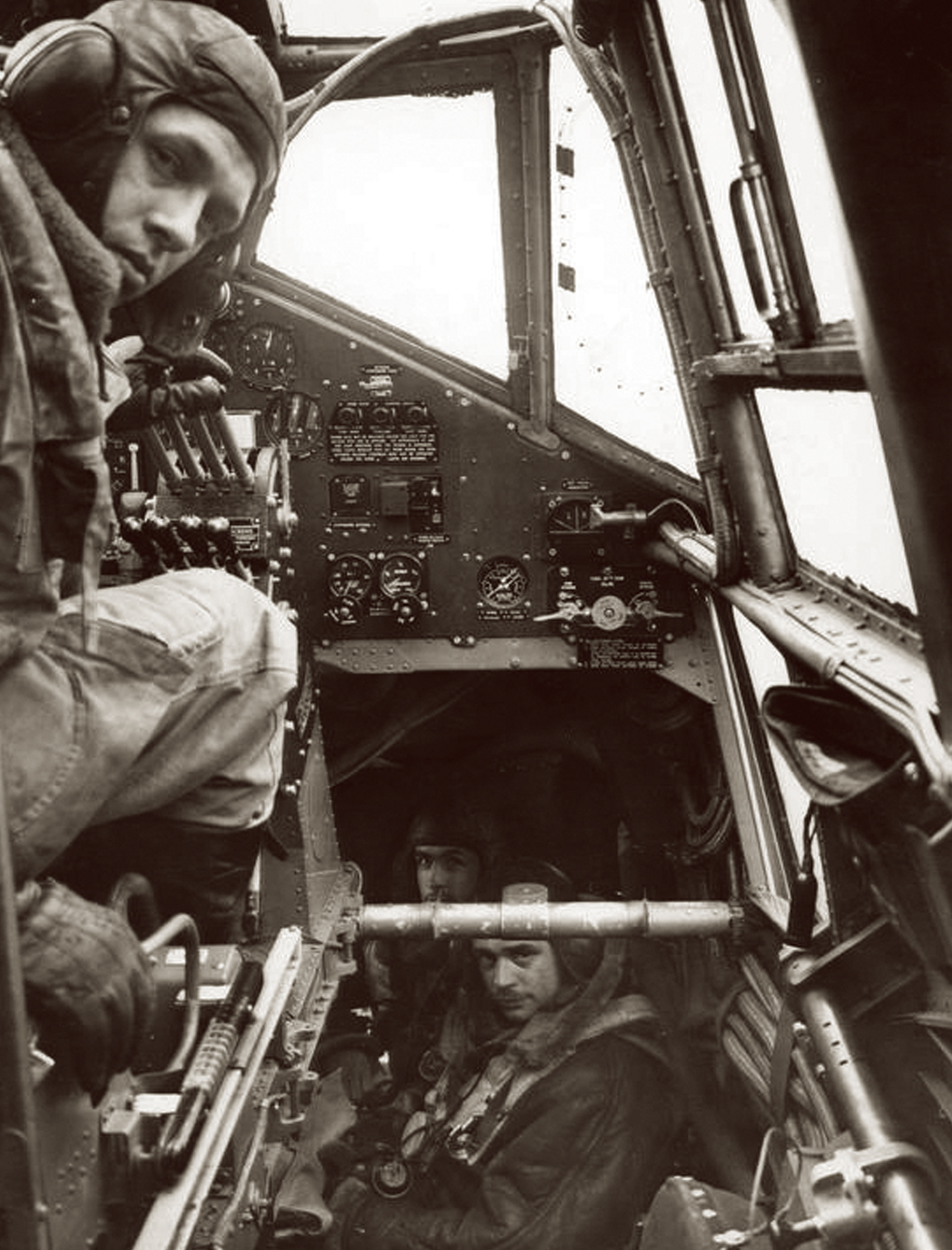- AUST POST SHIPPING
- 0438 654 235
- info@recoverycurios.com
- P.O. Box 7640 Cairns QLD Australia, 4870
-
0
Shopping Cart


HANDLEY PAGE HALIFAX
 A contemporary of the Short Stirling and Avro Lancaster 4-engined heavy bombers, the Handley Page Halifax entered RAF service in 1940 quickly becoming an integral part of Bomber Command’s night time bomber operations over mainland occupied Europe.
A contemporary of the Short Stirling and Avro Lancaster 4-engined heavy bombers, the Handley Page Halifax entered RAF service in 1940 quickly becoming an integral part of Bomber Command’s night time bomber operations over mainland occupied Europe.
While its bomb payload was considerably smaller than the Avro Lancaster, being a relatively conventional mid-wing design with twin tailplanes and rudders, it was considerably quicker and less complicated to build and with Handley Page’s new manufacturing split component construction could be produced in large numbers.
In all, 6,178 Halifax’s were built and at its construction peak, 41 separate factories and dispersed units were involved in production, along with 600 subcontractors and 51,000 employees, with one Halifax completed every hour.
 The Halifax carried a crew of 5 consisting of the Bomb Aimer who also doubled as the Navigator stationed in the nose of the aircraft with the Wireless Operator and Flight Engineer immediately behind. The Flight Engineer also performed the role of Co-pilot from a fold-down seat opposite the Pilot. Perched in his dorsal turret sat the Midships Gunner with the Tail Gunner bringing up the rear.
The Halifax carried a crew of 5 consisting of the Bomb Aimer who also doubled as the Navigator stationed in the nose of the aircraft with the Wireless Operator and Flight Engineer immediately behind. The Flight Engineer also performed the role of Co-pilot from a fold-down seat opposite the Pilot. Perched in his dorsal turret sat the Midships Gunner with the Tail Gunner bringing up the rear.
Five Halifax Squadrons were selected to form the No 8 Pathfinder Group and along with modified De Havilland Mosquitos and Avro Lancasters, marked the routes and targets for the main bomber force which enabled greater accuracy for Bomber Command.
With the need for heavier payloads and larger single target ordinance such as the 22000lb ‘block-buster’ Tall Boy, Bomber Command gradually phased out the Halifax replacing it with the more versatile Avro Lancaster although it still formed part of the main bombing offence right through to the end of the War in Europe.
 All Handley Page Halifax instruments listed below come complete with a detailed, custom-built Scale Model of the Handley Page Halifax Aircraft on its Magnetic Display Arm; Mango Wood Display Stand & Plaque, plus Printed Fact Sheet featuring photo of instrument in aircraft cockpit - as shown in this Avro Lancaster example opposite:
All Handley Page Halifax instruments listed below come complete with a detailed, custom-built Scale Model of the Handley Page Halifax Aircraft on its Magnetic Display Arm; Mango Wood Display Stand & Plaque, plus Printed Fact Sheet featuring photo of instrument in aircraft cockpit - as shown in this Avro Lancaster example opposite:
Return to VINTAGE ORIGINAL AIRCRAFT INSTRUMENTS
- LAND
- SEA
- AIR
- VINTAGE ORIGINAL AIRCRAFT INSTRUMENTS
- HAWKER TYPHOON
- VICKERS WELLINGTON
- FAIREY GANNET
- RYAN ST-A SPORTS TRAINER
- DE HAVILLAND TIGER MOTH
- HAWKER HUNTER
- Mc DONNELL DOUGLAS KC-10 AERIAL TANKER
- SOPWITH CAMEL
- AIRCO DH.1 AND DH.2
- JUNKERS JU 87
- CURTISS C-46 COMMANDO
- HANDLEY PAGE HAMPDEN
- SUPERMARINE SEAFIRE
- B-25 MITCHELL BOMBER
- BRISTOL BLENHEIM
- ENGLISH ELECTRIC LIGHTNING
- HAWKER TEMPEST MkVI
- YAKOVELOV YAK - 3
- FOCKE-WULF FW190
- FOLLAND GNAT
- AIRSPEED OXFORD
- SHORT STIRLING
- AVRO ANSON
- DOUGLAS C-133 CARGOMASTER
- HANDLEY PAGE VICTOR BOMBER
- DE HAVILLAND SEA VENOM
- VICKERS VALIANT BOMBER
- DOUGLAS A-26 INVADER
- GRUMMAN S2F TRACKER
- SUPERMARINE SPITFIRE
- LOCKHEED P2-V NEPTUNE
- P-51 MUSTANG
- BRISTOL BEAUFIGHTER
- DE HAVILLAND MOSQUITO
- B-26 MARTIN MARAUDER
- P3 ORION
- DOUGLAS A-20 HAVOC
- P-39 AIRACOBRA
- AVRO SHACKLETON
- B-17 FLYING FORTRESS
- B-24 LIBERATOR
- MESSERSCHMITT BF-110
- MESSERSCHMITT BF-109
- BRISTOL BEAUFORT
- KAWASAKI Ki-45 (NICK) INTERCEPTOR
- C-130 HERCULES
- CAC BOOMERANG
- AVRO LANCASTER
- GRUMMAN F4F WILDCAT
- F4U VOUGHT CORSAIR
- WESTLAND LYSANDER
- P-47 REPUBLIC THUNDERBOLT
- NORTH AMERICAN T-6 TEXAN - HAVARD
- C-47 SKYTRAIN
- DOUGLAS SBD DAUNTLESS
- CAC WIRRAWAY
- PBY CATALINA
- P-40 WARHAWK
- FAIREY SWORDFISH
- P-38 LIGHTNING
- HAWKER HURRICANE
- CURTISS SB2C HELLDIVER
- GRUMMAN F6F HELLCAT
- SEAKING HELICOPTER
- SEAHAWK HELICOPTER
- DOUGLAS A4G SKYHAWK
- GRUMMAN TBF AVENGER
- HANDLEY PAGE HALIFAX
- DOUGLAS SKYRAIDER AE-1
- GLOSTER METEOR
- JUNKERS JU-88
- F-86 SABRE JET
- SHORT SUNDERLAND
- B-29 SUPER FORTRESS
- F-9F GRUMMAN PANTHER
- F-100D SUPER SABRE
- BELL UH-1 HUEY HELICOPTER
- AVRO VULCAN STRATEGIC BOMBER
- CANBERRA BOMBER
- DHC-4 CARIBOU
- BLACKBURN BUCCANEER
- DE HAVILLAND VAMPIRE JET
- HAWKER SEA FURY
- LOCKHEED HUDSON
- LOCKHEED EC-121 WARNING STAR
- SEPECAT JAGUAR
- HAWKER SIDDELEY NIMROD
- HAWKER SIDDELEY HARRIER
- ARADO AR 196
- VOUGHT OS2U KINGFISHER
- LOCKHEED ELECTRA
- NORTHROP P-61 BLACK WIDOW
- BOEING CH-47 CHINOOK
- LOCKHEED PV-1 VENTURA
- BOEING P26-A 'PEASHOOTER'
- Ilyushin Il-2 ‘Sturmovik’
- WESTLAND WESSEX
- FAIREY FIREFLY
- VINTAGE AVIATION COLLECTABLES
- VINTAGE COLLECTABLE MODEL AIRCRAFT KITS
- RETRO STYLE METAL AIRCRAFT COLLECTABLES
- VINTAGE ORIGINAL AIRCRAFT INSTRUMENTS












